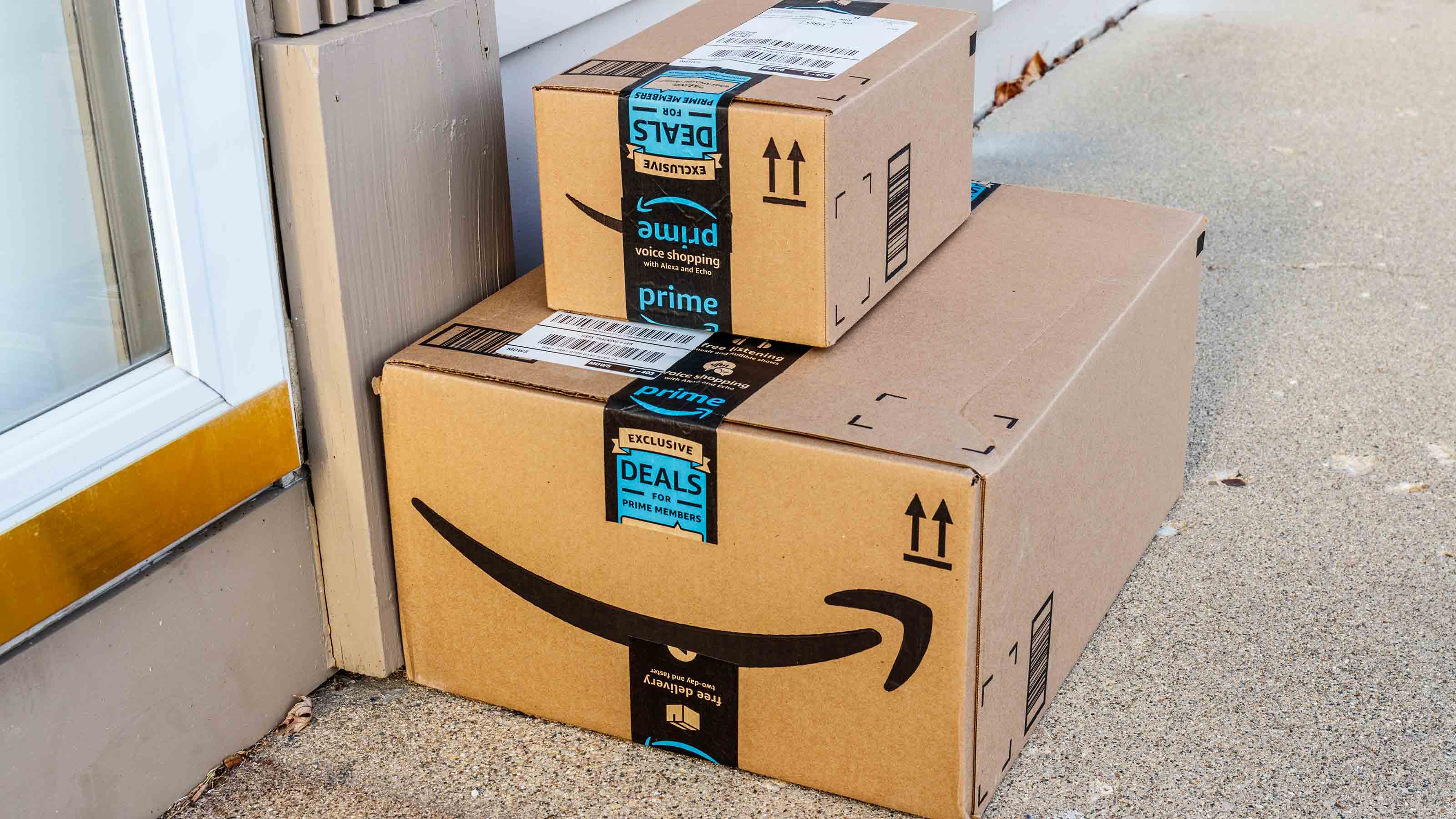Smart Ways to Save on Smart-Phone Plans
We help you pick a plan that matches your usage patterns.

When it comes to picking the best value in a cell-phone plan, the major wireless carriers aren’t doing you any favors. Packages and pricing for voice minutes, text messages and data change frequently and differ from carrier to carrier, making plan comparisons tricky.
What’s driving the latest generation of opaque plans is the craving of consumers and their increasingly sophisticated phones for data. In response, carriers are revising pricing models to accommodate the growth and increase profits. “Data is a real crime scene,” says Dylan Breslin-Barnhart, vice-president of communications for Validas, which analyzes cell-phone bills for businesses and plans to offer a bill-analyzing application, VERA, to consumers this fall. Validas’s research shows that average data usage among smart-phone users increased by 35% in 2011. At the same time, consumers are using their phones less for talking.
As carriers tweak their strategies, options for customers multiply -- and, in some cases, become less flexible. AT&T and Verizon Wireless, for instance, recently introduced shared-data plans. Customers can connect up to ten devices -- including smart phones and tablets -- to a single “bucket” of data. You pay a monthly fee for each device (the fee varies by device and, in AT&T’s case, by the amount of data you buy). The plans include unlimited voice minutes and text messaging, plus a monthly rate for a set amount of data that you choose from a menu of options. AT&T will continue to offer its standard plans, but new Verizon customers who want smart phones must use a shared plan -- making the pricing less appealing for individuals.

Sign up for Kiplinger’s Free E-Newsletters
Profit and prosper with the best of expert advice on investing, taxes, retirement, personal finance and more - straight to your e-mail.
Profit and prosper with the best of expert advice - straight to your e-mail.
Do some legwork. Before you survey phone plans, take stock of how you and your family currently use your phones, says Kirk Parsons, senior director of wireless services for J.D. Power and Associates. Do your kids watch movies on their phones but use just a couple hundred voice minutes per month? Do you talk for a couple of hours each day but barely touch your apps? Keep in mind that upgrading your phone may ratchet up your data usage. The iPhone, for example, tends to eat more data than Android phones, thanks in part to the popularity of built-in applications, such as Siri, the voice-activated assistant, and FaceTime, a video-chatting tool that uses an estimated 3 megabytes of data per minute.
Coverage is key, too. Ask friends, co-workers and neighbors who use the service you’re considering about reliability. And be aware that some prepaid providers don’t permit roaming; if you go into territory your carrier doesn’t cover, or you want the option of using your phone abroad, you’re out of luck.
If you’re dead set on a certain phone, your options may be limited. T-Mobile, for instance, still doesn’t sell the iPhone (though you could activate your own unlocked iPhone on its network). Many prepaid or no-contract brands offer a variety of smart phones, but the selection is typically more limited than that of the major carriers, and they tend not to offer the newest gadgets right away. Two of the big names in prepaid brands, Cricket Wireless and Virgin Mobile, now sell the iPhone, however.
Keep a lid on data. Depending on the type of plan you have, blasting past a data cap means paying extra or having your data speeds reduced until your plan month restarts or the local network becomes less crowded (known in the industry as throttling). Typically, 2 gigabytes -- about where throttling often begins -- is plenty of data for one person. In fact, Verizon smart-phone users on average consumed 500MB of data per month in 2011, according to Validas. But if you’re worried that you’ll exceed your limit, you can monitor your data usage to keep it in check. The major carriers offer Web tools and phone apps that track your data usage. Or you can download an outside application. My Data Manager (free, available for Android phones and the iPhone) issues alerts when you reach certain thresholds and shows how much data each app is gobbling.
To limit data consumption, connect to Wi-Fi for Web access when possible (use secure, trusted networks to thwart hackers). If you have a 4G phone, see whether you can switch off the 4G option and use 3G instead. And note that streaming music and videos hogs more data than checking your e-mail or Facebook application. The Onavo Extend app, free and available for Android 4.0 phones and iPhones with iOS 4.0 or later, compresses data so that you’ll use less of it.
Get Kiplinger Today newsletter — free
Profit and prosper with the best of Kiplinger's advice on investing, taxes, retirement, personal finance and much more. Delivered daily. Enter your email in the box and click Sign Me Up.

Lisa has been the editor of Kiplinger Personal Finance since June 2023. Previously, she spent more than a decade reporting and writing for the magazine on a variety of topics, including credit, banking and retirement. She has shared her expertise as a guest on the Today Show, CNN, Fox, NPR, Cheddar and many other media outlets around the nation. Lisa graduated from Ball State University and received the school’s “Graduate of the Last Decade” award in 2014. A military spouse, she has moved around the U.S. and currently lives in the Philadelphia area with her husband and two sons.
-
 Don't Let Chronic Illness Costs Drain Your Retirement Savings: Here's How
Don't Let Chronic Illness Costs Drain Your Retirement Savings: Here's HowIf you have a chronic illness, you know that the proper care can be expensive and, in many cases, lifelong. Here's how to get the healthcare you need in retirement.
-
 Prepping for Power Outages: How to Keep Comfortable Amid Strong Storms
Prepping for Power Outages: How to Keep Comfortable Amid Strong StormsPower outages happen at any time. Use these tips to keep comfortable when they occur.
-
 Roth IRA Contribution Limits for 2025
Roth IRA Contribution Limits for 2025Roth IRAs Roth IRA contribution limits have gone up. Here's what you need to know.
-
 Four Tips for Renting Out Your Home on Airbnb
Four Tips for Renting Out Your Home on Airbnbreal estate Here's what you should know before listing your home on Airbnb.
-
 Five Ways to a Cheap Last-Minute Vacation
Five Ways to a Cheap Last-Minute VacationTravel It is possible to pull off a cheap last-minute vacation. Here are some tips to make it happen.
-
 How to Figure Out How Much Life Insurance You Need
How to Figure Out How Much Life Insurance You Needinsurance Instead of relying on rules of thumb, you’re better off taking a systematic approach to figuring your life insurance needs.
-
 Amazon Big Deal Days Is Coming! We’ve Got All the Details
Amazon Big Deal Days Is Coming! We’ve Got All the DetailsAmazon Prime To kick off the holiday season with a bang, Amazon Big Deal Days runs Tuesday, October 8 and Wednesday, October 9.
-
 How to Shop for Life Insurance in 3 Easy Steps
How to Shop for Life Insurance in 3 Easy Stepsinsurance Shopping for life insurance? You may be able to estimate how much you need online, but that's just the start of your search.
-
 Five Ways to Shop for a Low Mortgage Rate
Five Ways to Shop for a Low Mortgage RateBecoming a Homeowner Mortgage rates are high this year, but you can still find an affordable loan with these tips.
-
 Retirees, It's Not Too Late to Buy Life Insurance
Retirees, It's Not Too Late to Buy Life Insurancelife insurance Improvements in underwriting have made it easier to qualify for life insurance, which can be a useful estate-planning tool.